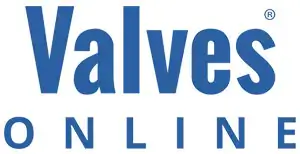What Are Check Valves Used For? A Practical Guide to Understanding and Using Check Valves.

Check valves, sometimes referred to as one-way valves, or non-return valves, are essential for controlling fluid flow as they only permit one direction of flow. These devices are crucial to preventing backflow, a possible problem that might cause contamination within a system. Throughout this piece, we’ll go over the many uses for check valves, their practicalities, and the important factors to consider when selecting the best one for your requirements.
Understanding Check Valves
Fundamentally, a check valve keeps fluid moving in a single direction by serving as a gatekeeper. Its main purpose is to keep the system’s function intact by preventing backflow. A non-return valve, for example, makes sure that waste leaves a sewer line without coming back into the system. Check valves are an economical and effective fix for this frequent issue.
Diverse Sizes, Designs, and Materials
Check valves are adaptable for a range of applications because they are available in an assortment of sizes, styles, and materials. It is common to find that two-way check valves, which enable seamless fluid control. Three-way check valves with vents remove purged water into drains, protecting the incoming water supply, for an additional layer of protection against contamination. Because of their diversity, there is a check valves that works well for every application.
Key Considerations
It is crucial to make the right choice, putting more emphasis on sizing for the intended flow rate than line size. It is important to comprehend variables like cracking pressure, reseal pressure, and back pressure to guarantee optimal valve performance in a variety of applications.
Installation Wisdom
The effectiveness and financial viability of check valves depend heavily on their efficient installation. Directional arrows guide correct placement, indicating the flow of direction. Effective check valve operation is ensured by elements such as disc extension into pipelines, valve compatibility with vertical lines, and careful positioning to prevent interference.
Common Types of Check Valve
Examine practical uses for popular check valve types, including wafer, disc, dual plate, barrel spring, ball, swing, and disc check foot. From residential water services to sewage pumping, each type fulfils a distinct function and provides workable solutions for fluid control issues.

